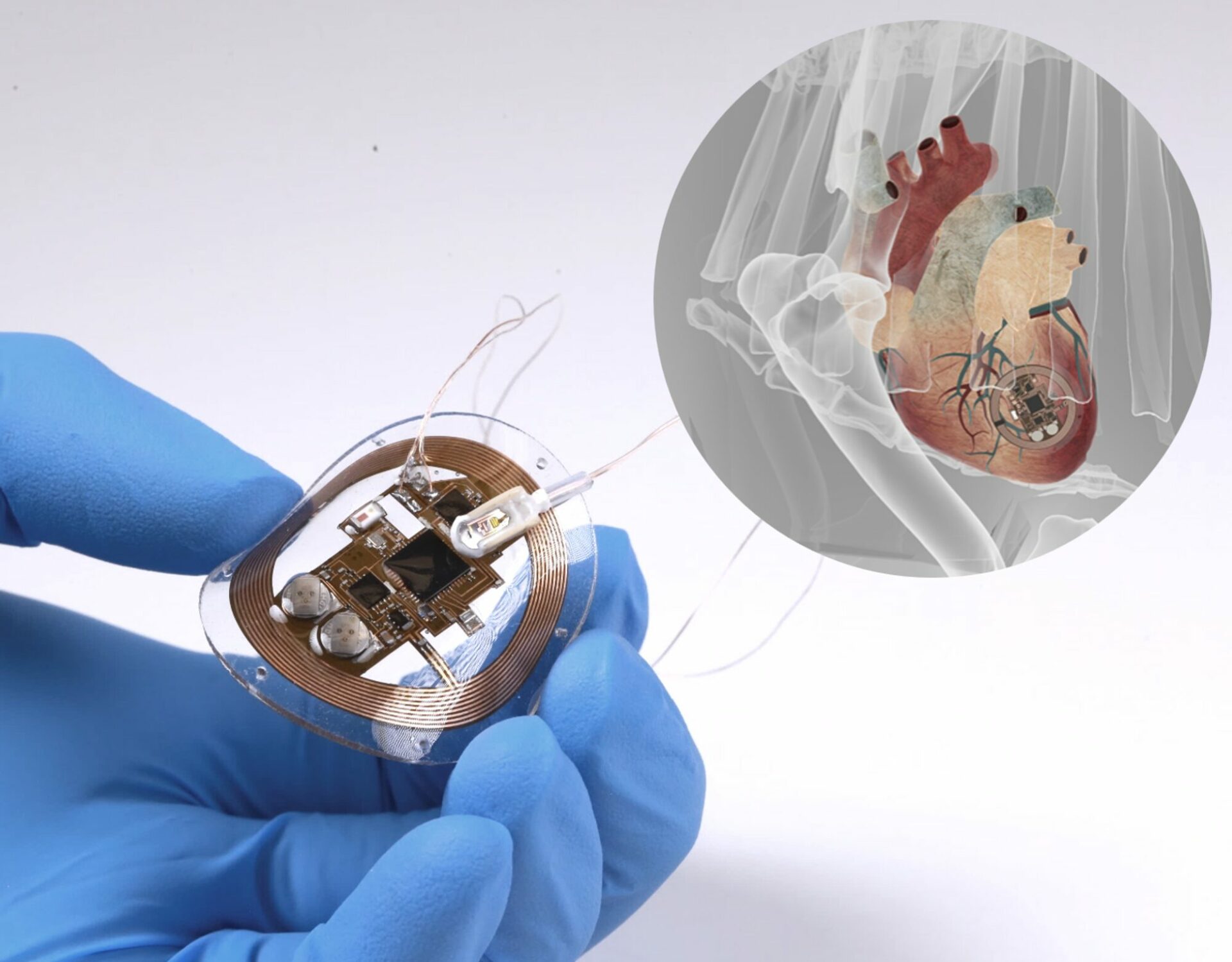
A Korean research team, raising the question “Which OLED light color can ...

Research Goals and Vision
Biomedical engineering research conducted at KAIST School of Electrical Engineering aims to understand biological signals and systems and develop advanced medical technologies. This research integrates various disciplines, including nanotechnology, electronics, optics, and neuroscience, to provide innovative healthcare solutions. Research outcomes in Biomedical MEMS and nanoscale biosensors, medical imaging, wearable and implantable electronics, electronic and photonic medicine, and neural engineering have significant impact in various biomedical industries such as healthcare, personalized medicine, and rehabilitation.
Key Research Areas
Biomedical MEMS and Nano-scale Sensors
Medical Imaging
Wearable and Implantable Electronics
Electronic and Photonic Medicine
Neural Engineering
Recent related activities in Biomedical Engineering
See below for specifc ongoing research topics related to Biomedical Engineering of KAIST EE.



 Professor Junil Choi of our School of Electrical Engineering has been awar...
Professor Junil Choi of our School of Electrical Engineering has been awar...Copyright ⓒ 2015 KAIST Electrical Engineering. All rights reserved. Made by PRESSCAT
Copyright ⓒ 2015 KAIST Electrical Engineering. All rights reserved. Made by PRESSCAT
Copyright ⓒ 2015 KAIST Electrical Engineering. All rights reserved. Made by PRESSCAT
Copyright ⓒ 2015 KAIST Electrical
Engineering. All rights reserved.
Made by PRESSCAT